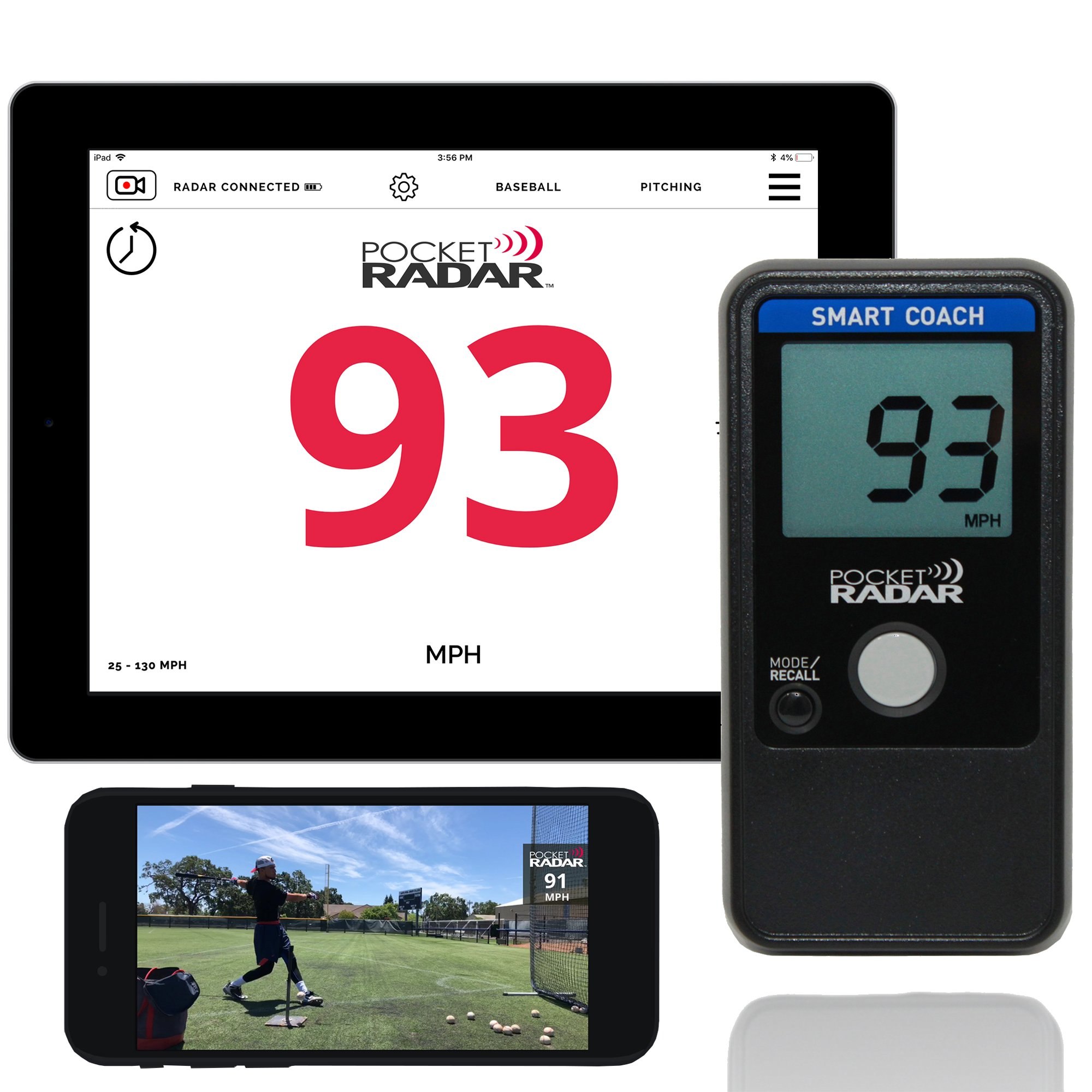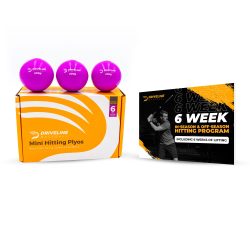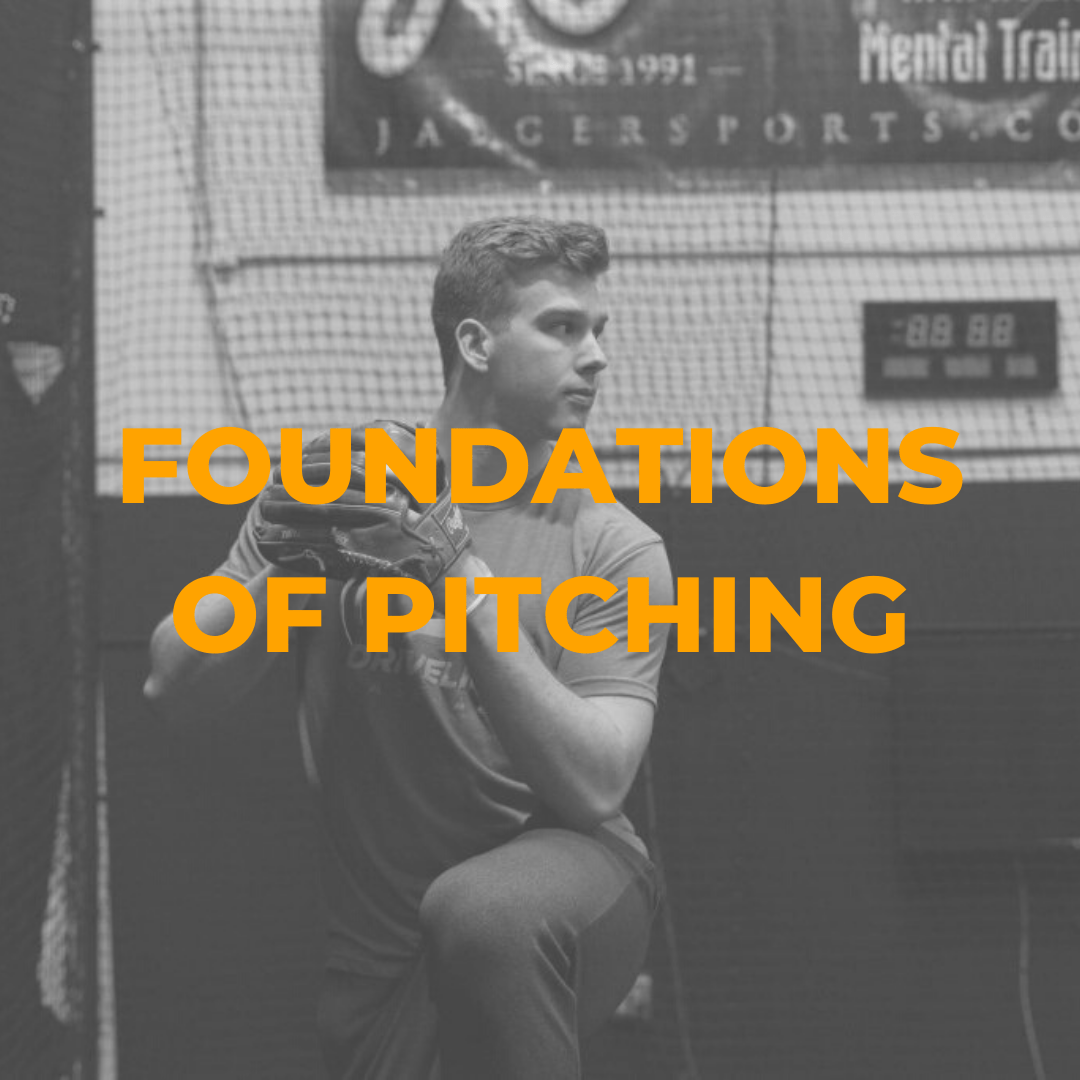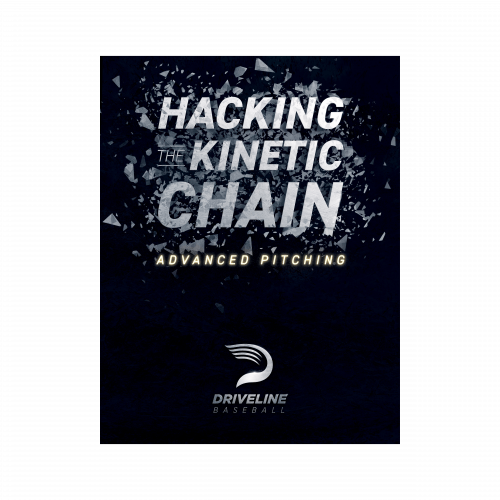Why We Are Changing Our Recovery Protocols

As Driveline Baseball has grown and become an ever-increasing presence in the game, our protocols have become common on the diamond and in training facilities throughout the country. One of Driveline’s more notable offerings has been our traditional recovery protocol.
An athlete will finish their throwing and immediately head into rebounders, waiter walks, band, and shoulder tube work. Our recovery protocol started developing years ago when our strength and conditioning program consisted of deadlifts, front squats, bench press, and some accessory work—vastly different from what our lifting program has evolved into today.
Even back then, however, we already knew that it was important to include shoulder complex work to strengthen the arm and “undo” the harmful effects of throwing. At the time, we assumed that the most efficient way of doing that work was to include it immediately after a throwing session. This is how our standard recovery protocol came about.
Post-exercise Recovery Work Research
As years have gone by, more research has suggested that post-exercise recovery work may not have the effect on muscle soreness, range of motion, or next-day performance that we had previously believed it did. Furthermore, it has been shown that traditional arm care work, consisting of scapula and rotator cuff exercises, is better served when performed with a higher intensity and lower volume, to better match the demands of pitching.
Our traditional recovery protocol has consisted more of low intensity, high volume endurance type work. When you consider that throwing itself, especially on moderate to high-intensity days, is a fatiguing exercise, it doesn’t seem wise to have athletes perform more endurance work immediately after. Intuition aside, the research had added up to the point where it was clear that to best serve our athletes for their performance and their health, we needed to make a change.
Taking this into consideration, we identified some issues we needed to resolve:
- We still need to do shoulder complex work, but it should adjust to the equipment we have in the weight room
- We still want a cool-down programmed after throwing, mainly for the psychological benefit of focusing on your training day after the main component has ended.
Revamped Recovery Protocol
We have decided to implement a full-body cool-down circuit, consisting primarily of dynamic movement with an emphasis on mobility, to allow athletes to dial in to how their bodies are feeling—while also identifying any particular areas that may need more work.
Additionally, we have moved our “arm care” work into our athletes’ lifting programs, which will allow them to be programmed in a higher intensity, lower volume manner. This allows us to:
- Relieve our athletes from some fatiguing arm care work immediately post-throw.
- Keep them focused on their training for the day and allow them to reflect on how their session went.
- Train the shoulder complex in a manner more appropriate to throwing.
To be clear, we will keep our traditional recovery protocol, and only have athletes perform it on their lower intensity, lower volume throwing days. Our revamped protocol will be in place after days when athletes throw at moderate to high intensities, and/or moderate to high volumes. We still find value in our traditional recovery protocol and feel that work to the shoulder complex on lighter days remains important—we just do not believe they should be performed at the frequency we have been prescribing them in the past.
This is an evolution we have had in the works for some time. Using sound logic and reasoning, we believe that this protocol will continue to allow our athletes to make the best progress possible while also keeping them at their healthiest.
When Our Programs will Update?
Athletes who have trained with us previously are free to use the same post throwing protocols we have used in the past. For new athletes, we are moving their post throwing work to be more mobility focused. At Driveline, pitchers will throw before they lift so all of this work will take place right before our pitchers lift. As we experiment with different options we will be able to see how our athletes react and adjust our programs accordingly.
By Terry Phillips, DPT
10/20 update: last paragraph added for clarity
Comment section
Add a Comment
You must be logged in to post a comment.







































rmsullivan218 -
Where do we find the recovery programs?